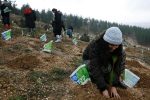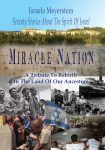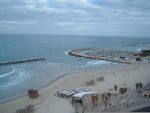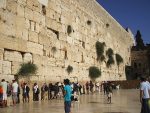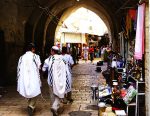At sleep-away camp, the camp counselor is the person your child is going to turn to as a replacement for you. Even if it’s a day camp, it is the counselor who will be there to comfort, encourage, discipline and befriend your child. Therefore, you need to understand the counselor’s role before you drive away, looking in the rearview mirror at the teary-eyed or over-excited son or daughter you are leaving behind – especially if it’s their first experience of going to camp.
While it can be wonderfully rewarding, camp counseling is a 24-hour-a-day commitment and the job requires a lot of skills. Most camps have training sessions, sometimes very intensive ones, before the start of the summer sessions, and only the most qualified are chosen, as they can make or ruin kids’ experiences.
New counselors who think that camp will be a long, outdoor holiday for themselves are mistaken – they are being paid to work. Theirs is a leadership role, and having fun is only part of the equation. They may have to deal with all kinds of personal problems, such as homesickness, or a child who feel inadequate at or left out of various activities.
The most dedicated counselors make time to get to know their campers. They explore why the kids came to camp and what they are looking forward to doing. They need to keep up with their charges’ accomplishments and help them get involved in whatever activities are being programmed. The object is to spend quality time with each child so that, in the new world they are in, the campers feel that there is at least one person on their side and available to help them if the need arises.
Parents should make sure to inform the camp of any special occasions or events in their child’s life that will take place while the child is at camp, such as a birthday.
A counselor has many roles to fulfil. Sometimes, if a child is homesick, for example, a counselor will need to remind them of the reasons they came to camp, get them enthused about the good times they will have once they settle in, and the great friends they will make. It’s often a good idea for counselors to discuss their own experiences when they were young campers, such as funny incidents, exciting adventures, or pranks that were played on them.
In talking to camp counselors, some of the adjectives they used about the experience were “exciting,” “rewarding,” “memorable,” “fun.” They also said, “I hated leaving my new friends”; “I felt so proud of the kids”; “it was a fantastic time.”
Most of these counselors lived in a cabin or tent with three to eight kids for whom they had full responsibility over the camp sessions. Sometimes, they had to be referee or an impartial adviser, if any disputes arose between the children.
For kids, camp is about trying new things, becoming independent and widening their horizons. Try and confirm that the counselors responsible for your child are sympathetic, conscientious, have a sense of humour and are concerned with security and safety before you wave goodbye to your child.
Dvora Waysman is a Jerusalem-based author. She has written 14 books, including The Pomegranate Pendant, which was made into a movie, and her latest novella, Searching for Sarah. She can be contacted at [email protected] or through her blog dvorawaysman.com.


